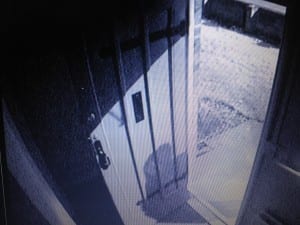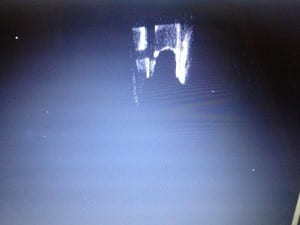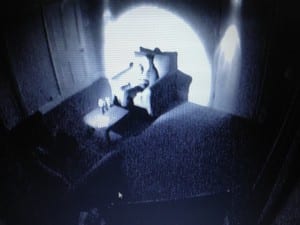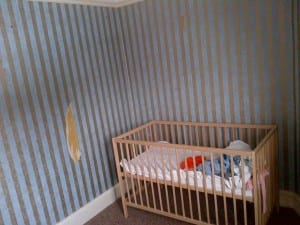We have decided to allocate the CCTV room as the room of screens. In here, we will place all the Night filming footage with the recorded narratives played screens scattered around on the desk, book case and tables with the large TV screen showing the live CCTV split 9 screen . Each screen will be allocated a different room from the filming with head phones attached to some devices and speakers to others. When the audience enter the room, it shall be blacked out with no natural light leaking in and only the light pollution from the computer, laptop and IPad screens.
For the narratives for the night filming footage, we have decided to base it on feminism and edit the original text which were written in the researched books. I have chosen to write the text for the Bedroom, Cot Room angle 2 and the Waiting Room. However, for the waiting room, as the images is so strong, I have decided to leave it silent without any text but with a strong static sound. The narratives for the other two rooms read:
Bedroom
Lying like this, I felt as if I had become part of the fabric around me, absorbed into the earth like a dead woman I had no individual existence. At that moment, I suddenly felt as if I had connected heaven and earth like a bridge. By trial and error I had found the position that enabled me to exist fully in that particular space. ((original text from: Oida, Yoshi. Marshall, Lorna 1997, The Invisible Actor. Cox & Wyman, Reading Berkshire))
Cot Room 2nd angle/Half and Half Face
Being invisible and without substance, a disembodied voice, as it were, what else could I do? What else but try to tell you what was really happening when your eye was looking through me? And it is this which frightens me as the interior. Who knows but that, on the lower frequencies, I speak for you. ((original text from: Rattray, David 1993 How I Became Invisible , Semiotext,U.S.: Central Bks))
The ordering of the clips depends on the audience and which video/screen they are attracted to first. The sounds on the video will be played into headphones and speakers on which the narrative printed out and placed near the screen so they can read the text also. The audience members will not be able to hear any noise pollution from outside and from the rest of the house.




